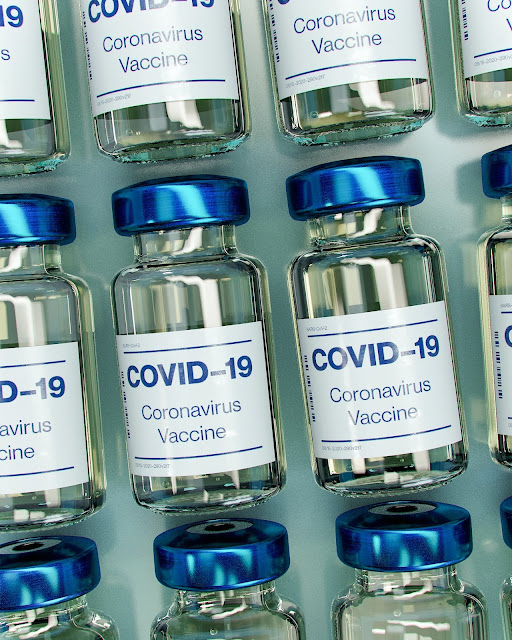When you look at global vaccination rates by country there is an alarming disparity between nations that would seem to imply that an element of nationalism is impacting distribution rates.
Global and local issues can soon become intertwined and that is evidenced when you look at a site such as lawalways, for instance, that serves to highlight these differences. A key question regarding global vaccine rollout rates is whether nationalism is affecting global rates.
Here is a look at some of the key points.
Wealth is a fundamental factor
It is abundantly clear that for the world to be a safer place and to recover some sort of normality after COVID-19 we need to achieve a degree of global herd immunity.
An article in the medical journal The Lancet highlights how large volumes of pre-orders of vaccines made by wealthier nations have created shortages in other countries.
The implications of this imbalance are that as a result of billions of people not being able to access vaccines it raises the prospect of the pandemic being prolonged for longer than would be the case if the distribution was more equal.
Another worrying aspect of this shortage of vaccines for poorer nations is that it leaves the world more exposed to the risk of further mutations developing, which could easily undo the good work achieved with vaccination programs so far.
Global allocation
The World Health Organization (WHO) is acutely aware of the issue regarding vaccine nationalism and it is a scenario that played out previously when the 2009 H1N1 influenza pandemic witnessed a situation where rich countries acquired the majority of vaccines.
In an effort to avoid a repeat of that situation the WHO introduced a global allocation mechanism that is based on a pooled procurement protocol that should give every country a fair opportunity to get the vaccines they need, regardless of their wealth profile.
The primary aim of the initiative is to ensure that no country should vaccinate more than 20% of its citizens until every country has achieved a base rate of 20% of its population being vaccinated.
The fact that the UK has achieved a vaccination rate of more than 80% of the adult population while some other countries are struggling to hit double figures would suggest that the WHO is not achieving its goals at this point in time.
The numbers tell their own story
Putting politics aside, the global vaccination numbers reveal the extent of the difference between wealthy nations and poorer countries in terms of vaccinations.
At this point in time, statistics show that more than 3 billion doses of the vaccine have been administered globally and more than 37 million, on average, are being vaccinated daily.
However, it is still the case that only 1% of people in low-income countries have received at least one dose.
These numbers seem to illustrate that vaccine rollout rates are inextricably linked to whether you live in a wealthy or poorer part of the world. Her immunity is going to e slow to achieve when the distribution of vaccines is so skewed.

